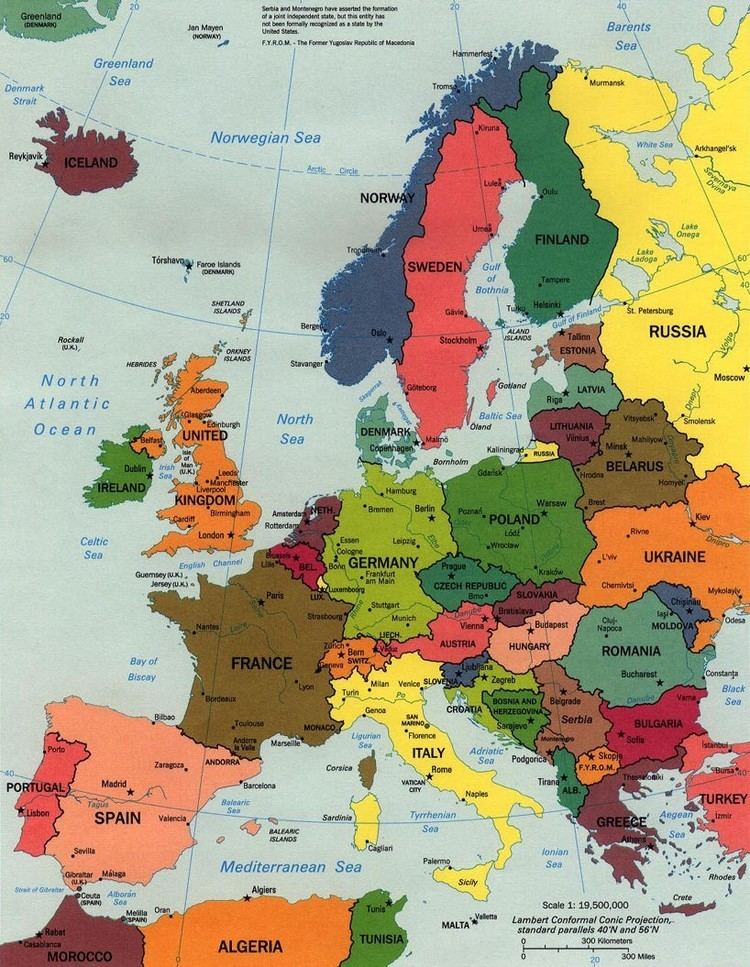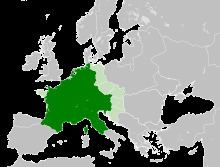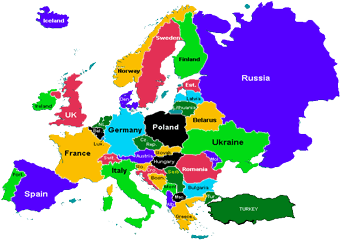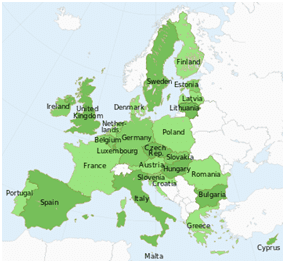 | ||
Continental europe presentation
Continental Europe, also referred to as mainland Europe, or, by Europeans, simply the Continent, is the continuous continent of Europe, excluding surrounding islands.
Contents
- Continental europe presentation
- Moana i am vaiana english version for continental europe
- Great Britain and Ireland
- Scandinavia
- Mediterranean and Atlantic islands
- References

The most common definition of continental Europe excludes continental islands, encompassing the Greek Islands, Cyprus, Malta, Sicily, Sardinia, Corsica, the Balearic Islands, Ireland, the United Kingdom, the Isle of Man, the Channel Islands, and the Danish archipelago, as well as nearby oceanic islands, including the Canary Islands, Madeira, the Azores, Iceland, the Faroe Islands, and Svalbard. The Scandinavian Peninsula is sometimes also excluded, as even though it is technically part of "Mainland Europe", the de facto connections to the rest of the continent are across the Baltic Sea or North Sea (rather than via the lengthy land route that involves travelling to the north of the peninsula where it meets Finland, and then south through north-east Europe).

The notion of Europe as a geopolitical or cultural term is centered on core Europe (Kerneuropa), the continental territory of the historical Carolingian Empire and the core of Latin Christendom, corresponding to modern France, Italy, Germany (or German-speaking Europe) and the Benelux states (historical Austrasia). This historical core of "Carolingian Europe" was consciously invoked in the 1950s as the historical ethno-cultural basis for the prospective European integration (see also Multi-speed Europe).

Moana i am vaiana english version for continental europe
Great Britain and Ireland

In both Great Britain and Ireland, the Continent is widely and generally used to refer to the mainland of Europe. An apocryphal British newspaper headline supposedly once read, "Fog in Channel; Continent Cut Off". It has also been claimed that this was a regular weather forecast in Britain in the 1930s. In addition, the word Europe itself is also regularly used to mean Europe excluding the islands of Great Britain, Iceland, and Ireland (although the term is often used to refer to the European Union). The term mainland Europe is also sometimes used.

Derivatively, the adjective continental refers to the social practices or fashion of continental Europe. Examples include breakfast, topless sunbathing and, historically, long-range driving (before Britain had motorways) often known as Grand Touring.. Differences include electrical plugs, time zones for the most part, the use of left-hand traffic, and for the United Kingdom, currency and the continued use of imperial units alongside metric.

Britain is physically connected to continental Europe through the undersea Channel Tunnel (the longest undersea tunnel in the world), which accommodates both the Eurotunnel (passenger and vehicle use - vehicle required) and Eurostar (passenger use only) services. These services were established to transport passengers and vehicles through the tunnel on a 24/7 basis between England and continental Europe, while still maintaining passport and immigration control measures on both sides of the tunnel. This route is popular with refugees and migrants seeking to enter the UK.
Scandinavia
Especially in Germanic studies, continental refers to the European continent excluding the Scandinavian peninsula, Britain, Ireland, and Iceland.
The reason for this is that although the Scandinavian peninsula is attached to continental Europe, and accessible via a land route along the 66th parallel north, it is usually reached by sea.
Kontinenten (the Continent) is a vernacular Swedish expression that refers to the area excluding Sweden, Norway, and Finland but including Denmark (even the Danish archipelago) and the rest of continental Europe. In Norway, similarly, one speaks about Kontinentet as a separate entity, usually referring to Germany, France, Italy, Spain, Portugal, the Benelux countries, and such.
Today, the Scandinavian peninsula is accessible by train and road with several bridge/tunnel structures connecting the Danish peninsula of Jutland to Scania in Sweden. .
Mediterranean and Atlantic islands
The Continent may sometimes refer to the continental part of Italy (excluding Sardinia, Sicily, etc.), the continental part of Spain (excluding the Balearic islands, the Canary Islands, Alboran, etc.), the continental part of France (excluding Corsica, etc.), the continental part of Portugal (excluding the Madeira and Azores islands), or the continental part of Greece (excluding the Ionian Islands, the Aegean Islands, and Crete). The term is used from the perspective of the island residents of each country to describe the continental portion of their country or the continent (or mainland) as a whole.
